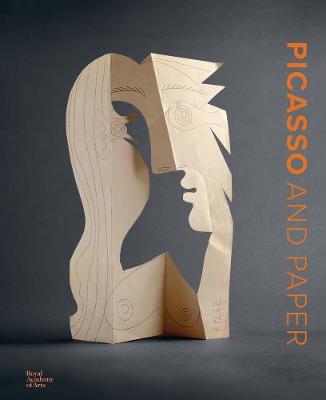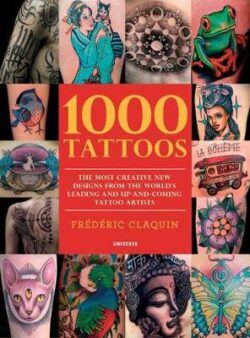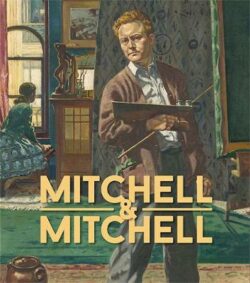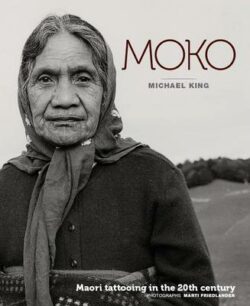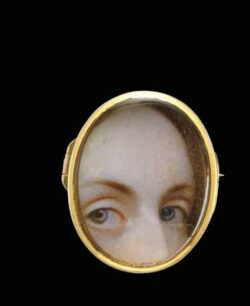Picasso and Paper
$116.00
Low Stock
Description
Pablo Picasso’s artistic output is astonishing in its ambition and variety. This handsome new publication examines a particular aspect of his legendary capacity for invention: his imaginative and original use of paper. He used it as a support for autonomous works, including etchings, prints and drawings, as well as for his papier-colle experiments of the 1910s and his revolutionary three-dimensional ‘constructions’, made of cardboard, paper and string. Sometimes, his use of paper was simply determined by circumstance: in occupied Paris, where art supplies were hard to come by, he ripped up paper tablecloths to make works of art. And, of course, his works on paper comprise the preparatory stages of some of his very greatest paintings, among them Les Demoiselles d’Avignon (1907) and Guernica (1937). With reproductions of more than 300 works of art and a series of insightful new texts by leading authorities on the artist, this sumptuous study reveals the myriad ways in which Picasso’s genius seized the potential of paper at different stages throughout his career. AUTHOR: Ann Dumas is Curator at the Royal Academy of Arts, London. SELLING POINTS: . Pablo Picasso’s often experimental and at times revolutionary use of paper is the subject of this major study . Presents over 300 works, spanning his career 400 colour images
Additional information
| Dimensions | 235 × 285 mm |
|---|---|
| ISBN | 9781912520176 |
| Dimensions | 235 x 285 mm |
| Book Type | Hardback |
| Author | Ann Dumas |
| Author Bio | |
| Number of Pages | 328 |
